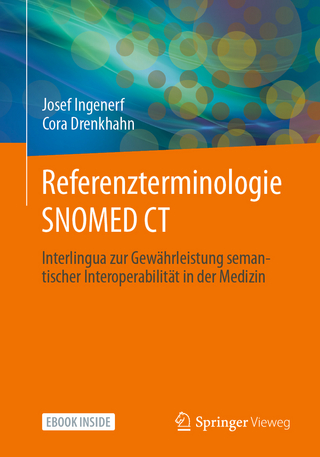
Tools and Modes of Representation in the Laboratory Sciences
Springer (Verlag)
978-90-481-5859-1 (ISBN)
1. Chemical Atomism and the Evolution of Chemical Theory in the Nineteenth Century.- 2. The Creative Power of Paper Tools in Early Nineteenth-Century Chemistry.- 3. An Early History of Alexander Crum Brown’s Graphical Formulas.- 4. Conventionalities in Formula Writing.- 5. Paper Tools and Fictional Worlds: Prediction, Synthesis and Auxiliary Hypotheses in Chemistry.- 6. Aspects of Paper Tools in the Industrial-Academic Context: Constitutions and Structures of Aniline Dyes, 1860–1880.- 7. Molecular Models and the Articulation of Structural Constraints in Chemistry.- 8. Paper Tools and Molecular Architecture in the Chemistry of Linus Pauling.- 9. Graphic Representations of the Periodic System of Chemical Elements.- 10. The Periodic Table: The Ultimate Paper Tool in Chemistry.- 11. A Principle Written in Diagrams: The Aufbau Principle for Molecules and Its Visual Representations, 1927–1932.- 12. Fedoroff’s Translation of McClintock: The Uses of Chemistry in the Reorganization of Genetics.- 13. Mathematics, Representation and Molecular Structure.- 14. Affinity, Additivity and the Reification of the Bond.
| Erscheint lt. Verlag | 15.12.2010 |
|---|---|
| Reihe/Serie | Boston Studies in the Philosophy of Science ; 222 |
| Zusatzinfo | XVI, 264 p. |
| Verlagsort | Dordrecht |
| Sprache | englisch |
| Maße | 155 x 235 mm |
| Themenwelt | Geisteswissenschaften ► Geschichte |
| Geisteswissenschaften ► Philosophie ► Allgemeines / Lexika | |
| Geisteswissenschaften ► Philosophie ► Erkenntnistheorie / Wissenschaftstheorie | |
| Informatik ► Theorie / Studium ► Algorithmen | |
| Informatik ► Theorie / Studium ► Künstliche Intelligenz / Robotik | |
| Mathematik / Informatik ► Mathematik ► Angewandte Mathematik | |
| Naturwissenschaften ► Chemie | |
| ISBN-10 | 90-481-5859-1 / 9048158591 |
| ISBN-13 | 978-90-481-5859-1 / 9789048158591 |
| Zustand | Neuware |
| Haben Sie eine Frage zum Produkt? |
aus dem Bereich


